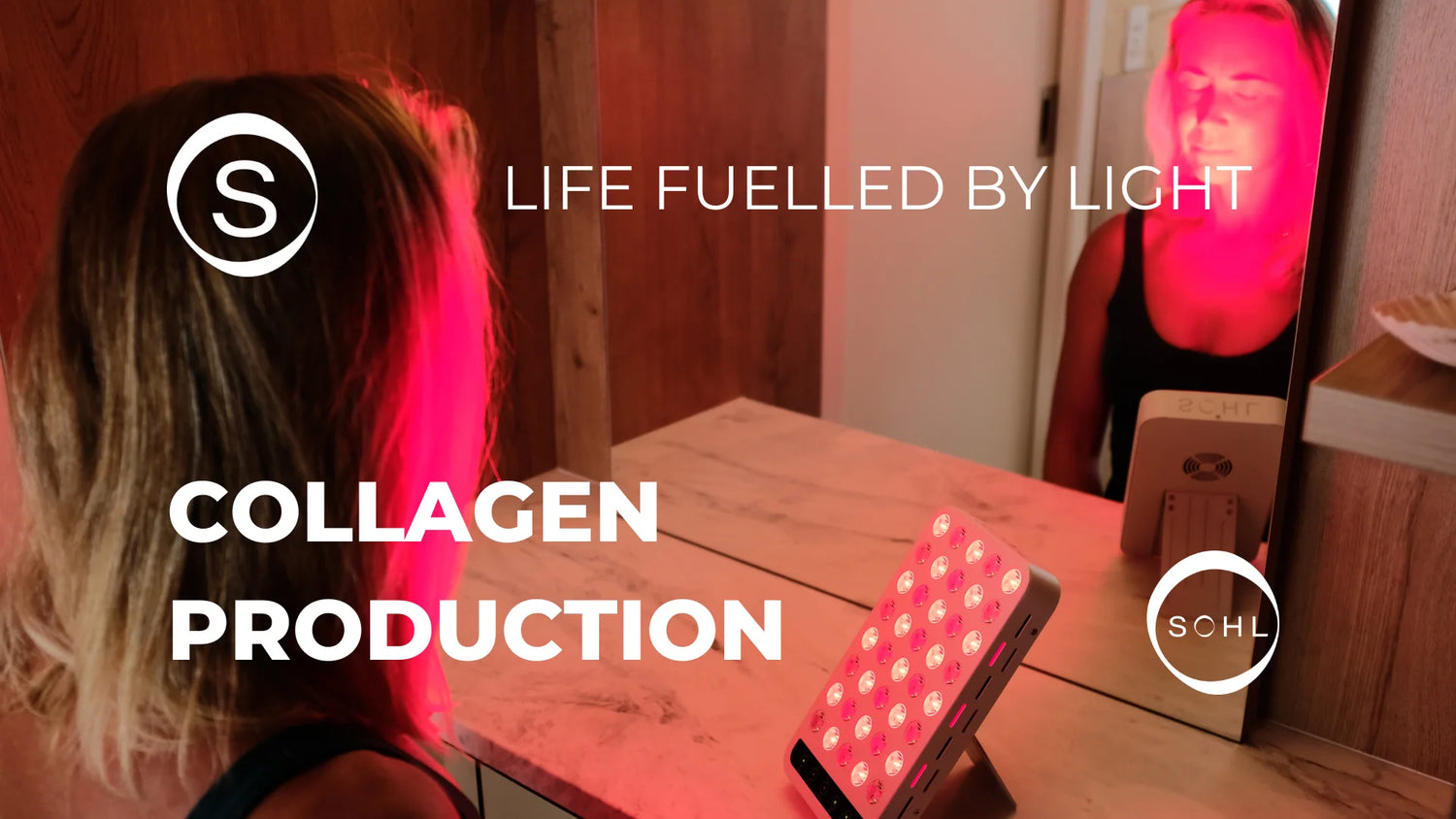Red light therapy, also known as low-level light therapy or photobiomodulation, is a non-invasive and painless treatment that has been gaining popularity in recent years due to its many health benefits. One of the lesser-known benefits of red light therapy is its ability to improve sleep quality and duration. In this blog, we will explore how red light therapy can help you sleep better.
What is Red Light Therapy?
Red light therapy involves the use of low-level wavelengths of red or near-infrared light to stimulate cellular activity. The therapy is believed to work by increasing the production of ATP, the energy source of cells, which can improve cellular function and promote healing. Red light therapy is used to treat a variety of conditions, including pain, inflammation, and skin conditions.
How Does Red Light Therapy Improve Sleep?
Sleep is essential for overall health and wellbeing. However, many people struggle to get the recommended 7-9 hours of sleep per night, and the quality of sleep can also be poor. Red light therapy can help improve sleep quality and duration in several ways:
-
Reduces Stress and Anxiety: Red light therapy has been shown to reduce stress and anxiety levels, which are often a major factor in sleep disturbances. A study published in the Journal of Sleep Medicine and Disorders found that red light therapy reduced anxiety levels in patients with generalized anxiety disorder, which in turn improved their sleep quality.
-
Regulates Circadian Rhythm: Red light therapy can help regulate the body's natural sleep-wake cycle, or circadian rhythm. Exposure to red light in the evening can increase melatonin production, which helps promote sleep, while exposure to bright light in the morning can help reset the circadian rhythm and improve alertness during the day.
-
Promotes Relaxation: Red light therapy has a calming effect on the body and can promote relaxation, making it easier to fall asleep and stay asleep. A study published in the Journal of Biomedical Optics found that red light therapy reduced muscle fatigue and improved relaxation in healthy adults.
-
Improves Sleep Disorders: Red light therapy has been shown to be effective in treating sleep disorders such as insomnia and sleep apnea. A study published in the journal Photomedicine and Laser Surgery found that red light therapy improved sleep quality and duration in patients with chronic insomnia.
How to Use Red Light Therapy for Better Sleep
Red light therapy can be administered in a clinical setting, such as a doctor's office or spa, or at home using a device such as a red light therapy lamp or panel. To use red light therapy for better sleep, it is recommended to expose the body to red light for 20-30 minutes per day, ideally in the evening before bedtime. It is important to use the therapy consistently for several weeks to see the full benefits.
In conclusion, red light therapy is a safe and non-invasive treatment that can help improve sleep quality and duration. By reducing stress and anxiety levels, regulating the circadian rhythm, promoting relaxation, and improving sleep disorders, red light therapy can help you achieve a better night's sleep. If you are struggling with sleep, consider incorporating red light therapy into your bedtime routine for a more restful and rejuvenating sleep experience.





